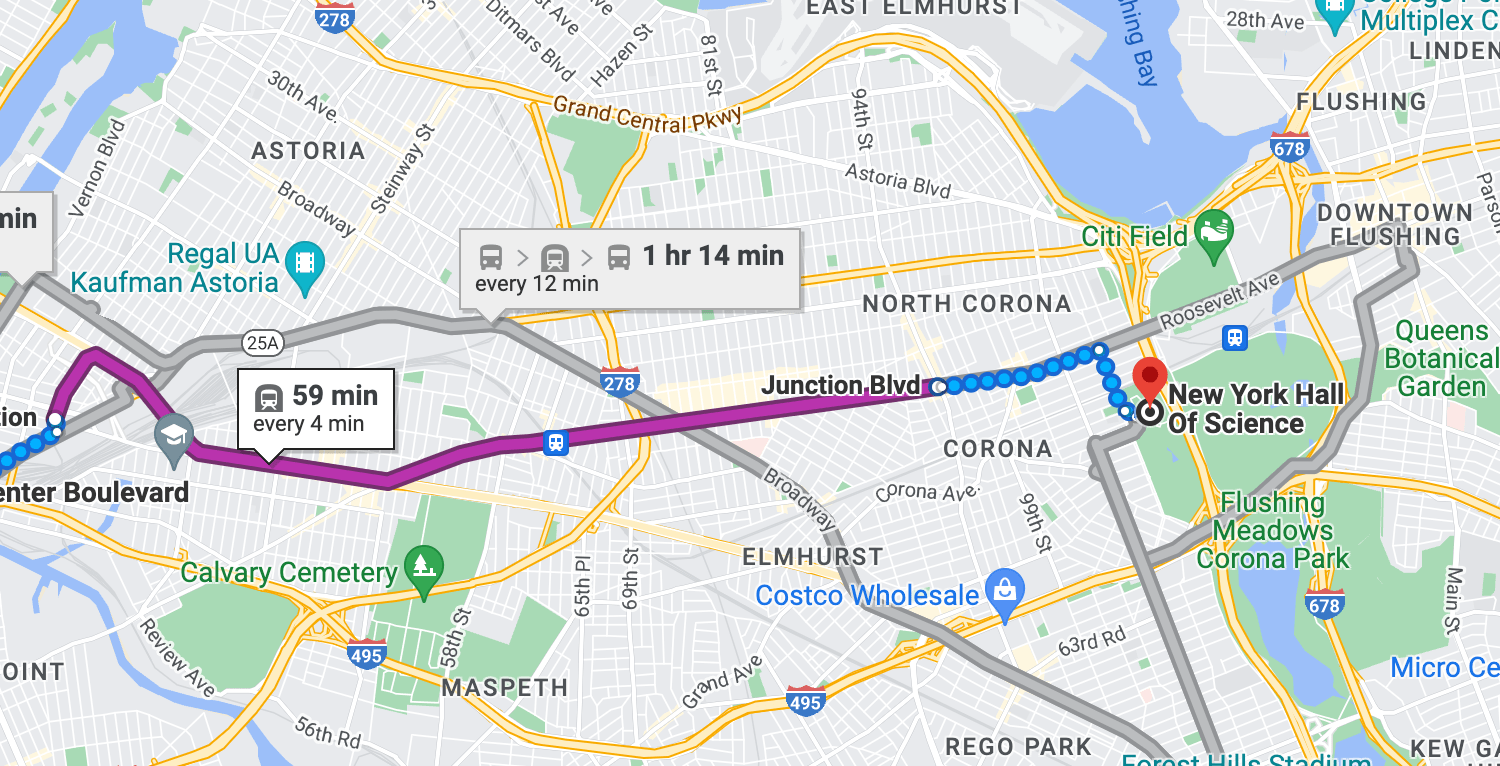Access (Know Before You Go)
Project Duration: 5 weeks; Role: UX Designer
New York City is unquestionably one of the ultimate art hubs with over 130 museums across its five boroughs. It is a fulfilling experience to get lost in artworks, but what about visitors with disabilities? According to Americans with Disabilities Act, museums should be accessible for all visitors. Since 2016, major museums and cultural institutions have committed to accessibility in their design.


Photo Courtsey of
“Smithsonian Guidelines for Accessible Exhitbition Design”
Introducing Accessibility at Museum
Accessible services usually range from assisting with mobility, low vision, listening impairment, ADHD, and more. The service varies due to the design and budget of each museum. Visitors need to contact the museum before their visit to inquire about further details about the service. They can also preview the museum with interior maps that include the floor plan, gallery locations, and more.

A survey of accessibility services at 10 major public & private museums in New York City
The emphasis on accessibility often takes place inside the museum. But a thorough museum experience begins with one's arrival. Although museums will provide visitors with disabilities with a map for their travel, the instructions generally lack context and are difficult to read for first-time visitors.




Photo courtesy of American Museum of Natural History, Whitney Museum of American Art, New York Hall of Science, and Cooper Hewitt Museum (from top left to bottom right)
Shall We Take a Trip to the Iconic Metropolitan Museum of Art?
Julia has been in a wheelchair for over 6 years after her amputee surgery. She and her sister go on a trip to New York City once per year to see the mesmerizing artworks. This year they decided to visit the MET (Metropolitan Museum of Art) after it reopened after the COVID-19 pandemic.



Issue 1: Which Transportation to Take? A Difficult Call to Make. (Pre-arrival)
Uber accessibility rides need an appointment an hour in advance and a high price. On the other hand, public transportation takes more time, requires more transfers, and demands tremendous physical efforts.



Issue 2: Accessible Public Transportation (During travel)
By 2020, there were 3,273,589 adults with disabilities in New York State, with New York City accounting for 11.2%. According to a poll by C.D.C., mobility impairments were the most prevalent disability in New York. As of 2022, only 27% of the subway stations were accessible. Besides, there are extensive facility issues hindering riders from gaining full access to the services.


In a brief summary,
- Accessible stations usually aren’t immediately available to your location or your destination.
- Elevators are usually available in major stations. While they may be out of service when in need, elevators also tend to have unpleasant smells and terrible hygiene.
- Visitors may miss the accessibility sign or have trouble locating the elevator on the crowded platform.
Issue 3: Obscure Accessible Entrance (Post-arrival)
It is difficult to find accessible entrance especially for visitors who are unfamiliar with the area. Even if they arrive at the museum safely, visitors may have trouble locating the entrance due to the visibility of accessibility signage. The photo on the bottom demonstrates an example of the constrast in readability.


Integrating Accessibility with More Visibility
Integrating Accessibility with More Visibility
Google maps are the most frequently featured third-party navigation on museum websites and in one’s everyday life. It is a platform beyond navigation but also serves as an information hub. The objective of the project is to expand Google Map’s features with a accessibility-prone interface that provides essential and accessibility-specific travel information.
Prototype - Key features highlight
View the full demo of the prototype here or the video above.- Enable an accessibility travel option in the search tab
- Display accessible transportation with accessibility signage
- Provide users with textual and photo-based guidance
- Expand accessibility services information with a crowd-sourced survey
Accessibility as a route-planning option
Search accessible routes, check accessible stations, and bookmark your favourite routes in one click/touch


Annotated Map
travel with an accessible-friendly map that has all the information you need

Route Preview
Get a peak of the route before you set out, check the traffic notification, and familiarize yourself with the local environment

Arrive at Destination with Ease
No more worries about finding the wrong entrance. Get directions to accessible entrance and share your opinion with us.

What’s next?
What’s next?
︎︎︎ Learn more about what it feels like living with disability in New York City.
︎︎︎ Support disability activist groups on elevator access to all riders.
︎︎︎ Read aboutdesign activism “The Accessible Icon Project”
︎︎︎ MTA Vows to make its stations 95% accessible by 2055.
︎︎︎ Why Uber and Lyft failed to be the primary choice for accessible riders?
︎︎︎ Support disability activist groups on elevator access to all riders.
︎︎︎ Read aboutdesign activism “The Accessible Icon Project”
︎︎︎ MTA Vows to make its stations 95% accessible by 2055.
︎︎︎ Why Uber and Lyft failed to be the primary choice for accessible riders?
